How to raise Golden Lumei
Last Update :2024.05.07
Article Catalog
3. Problem diagnosis and treatment
This plant is widely distributed in temperate and sub-arctic regions. It is a deciduous shrub with a height of about 1.5 meters. Its crown looks spherical and has many branches. The leaves are long oval or strip-shaped oblong. Its flowers are solitary or arranged in the shape of an umbrella, and are mostly yellow in color.
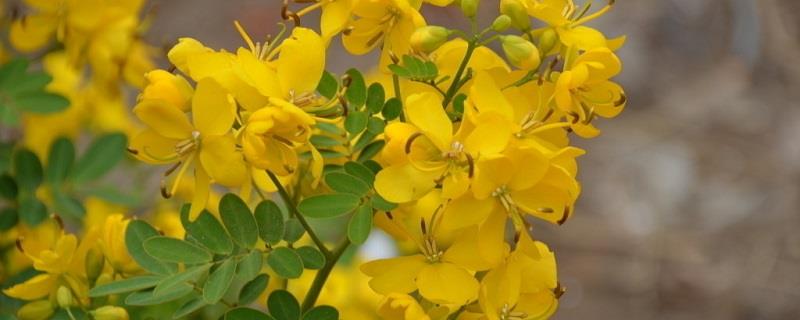
1. Maintenance methods
1. Maintenance methods
1. Temperature: Its temperature requirements can be roughly inferred from its distribution range. It likes a cooler environment, preferably between fifteen and twenty degrees. In addition, its ability to withstand cold is very strong and can even withstand temperatures as low as minus 50 degrees Celsius. Therefore, it is also widely distributed in northern areas.
2. Lighting: It does not require too much sunlight, but it cannot be completely absent, nor can it be placed in too dark a place. Generally speaking, in spring and autumn, place it in a place with a little astigmatism to allow it to perform photosynthesis better. In winter, no shade is necessary. In summer when the sunshine is strong, the degree of shading can be about 50% to 80%.
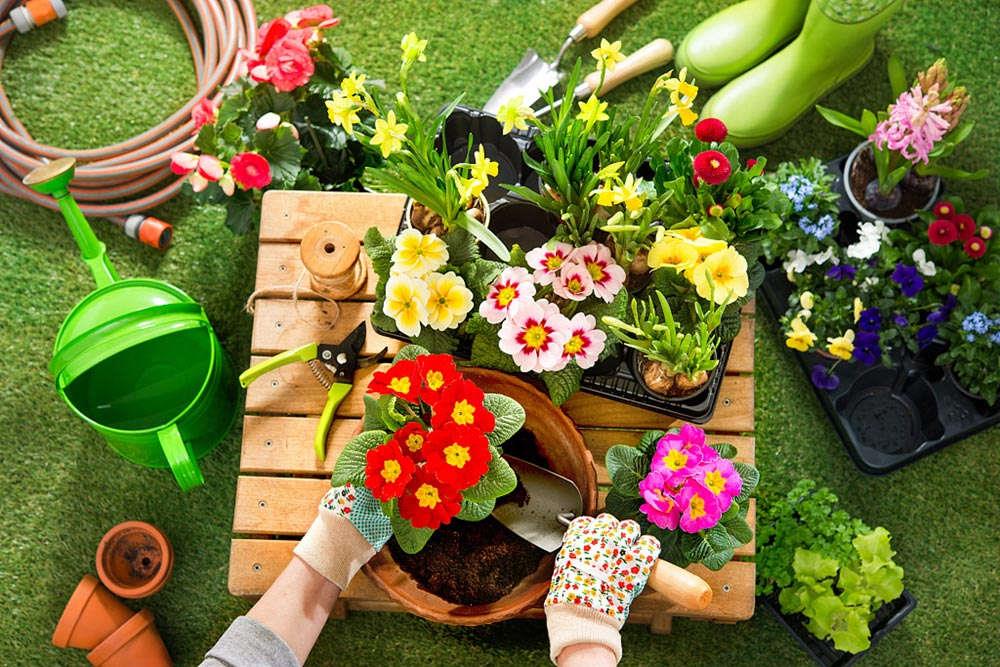
3. Watering: Golden Dew Plum likes moisture and needs to maintain soil Slightly wetter. However, standing water also has adverse effects. Humidity also needs to be paid attention to, preferably 75 to 85%. Especially during breeding, the humidity requirements are very high.
4. Fertilization: Golden Dew Plum does not need much fertilizer. It can be used once every month or every two months. Either organic fertilizer or liquid fertilizer can be used.
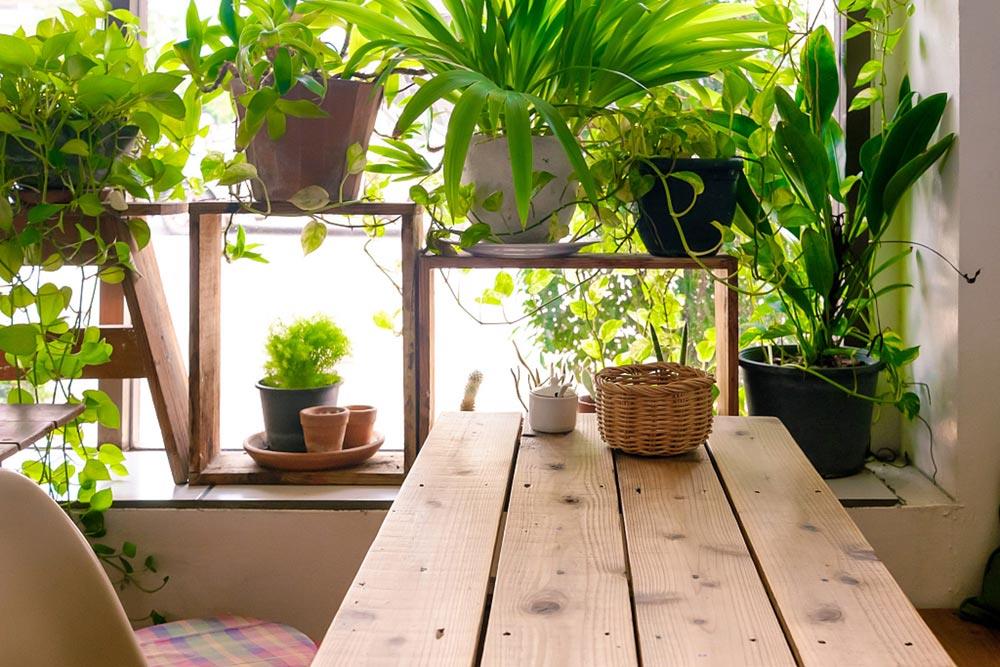
2. Breeding skills
1 , Propagation: The most common method is cuttings. In late spring, the branches of the current year can be used for planting. However, if you propagate in early spring, you need to use older branches. The substrate can be prepared with peat soil and river sand and sterilized. When choosing branches, it is best to have three nodes on them and a length of five to fifteen centimeters. After cutting, it is better to keep the temperature above 20 degrees and block part of the sun.
2. Repot: It has a relatively strong ability to withstand barrenness, so when choosing new soil, the main consideration is whether the permeability and drainage are good. Peat soil and river sand can also be used, about once every two years.
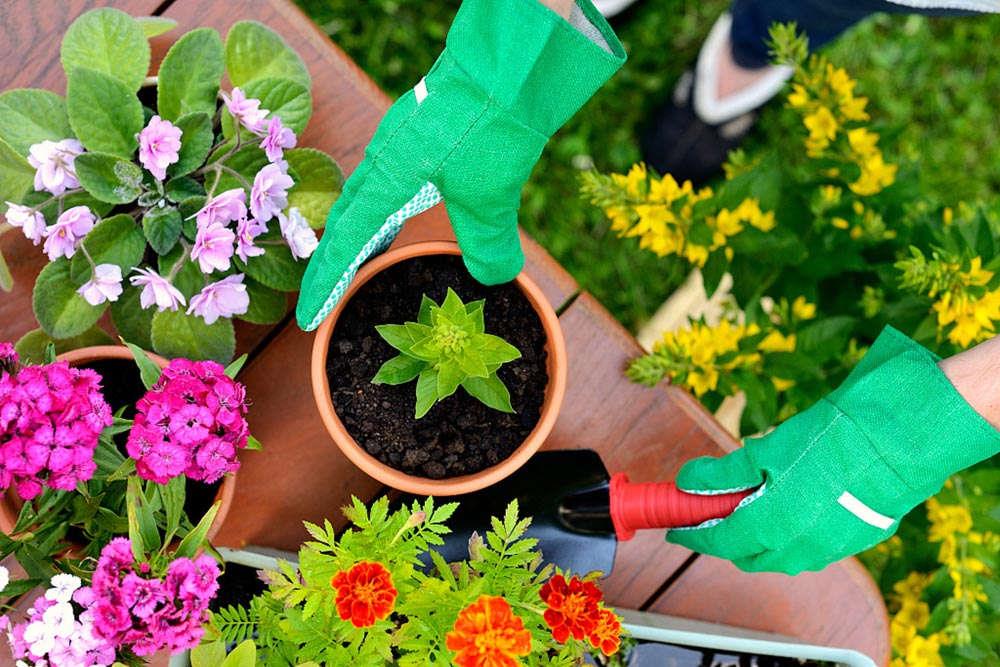
3. Problem diagnosis and treatment
1 . Disease: There may be "powdery mildew". Not only the leaves are severely damaged, but the flowers can also be harmed. Carbendazim can be used to treat this disease, and the surrounding debris must be properly disposed of.
2. Insect pests: There are aphids, red spiders, etc., which can be controlled with omethoate. At the same time, ventilation must be provided in time.
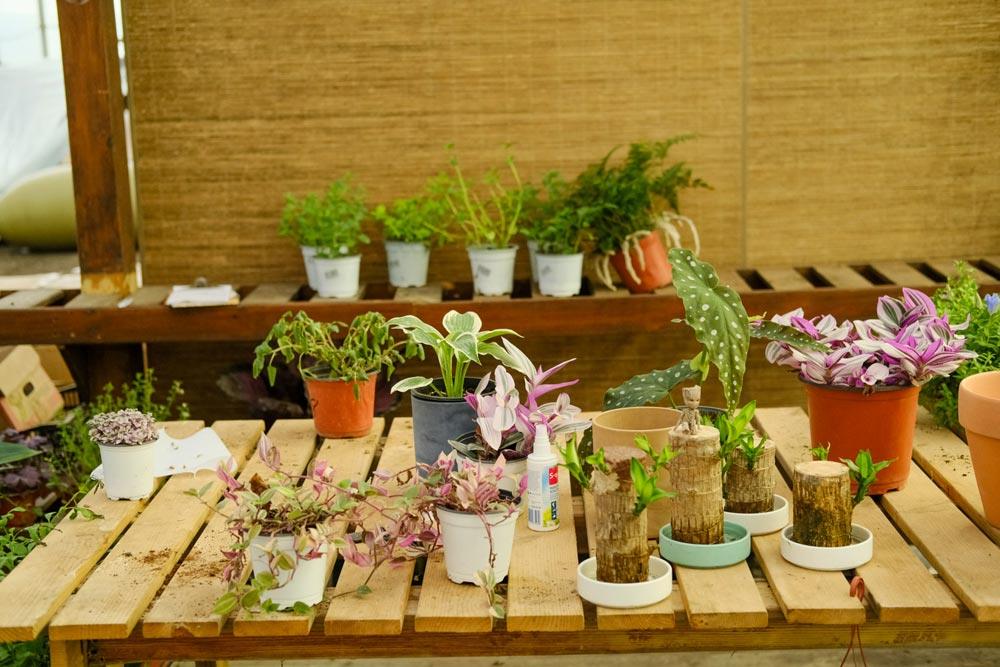
4. Other questions
1 , Toxicity: It does not contain toxins itself, and some people also use its leaves to make tea.
2. Whether it can be kept at home: It can be used for viewing or placed at home.
2. Breeding skills
3. Problem diagnosis and treatment
4. Other issues
- END -
How to cultivate mugwort stalks

Soil: Fertile, deep and loose sandy soil is appropriate. Temperature: 17-20℃ is t...
Dendrobium dendrobium cultivation methods and precautions

Soil: Loose, fertile, rotten soil is very beneficial to the cultivation of Dendrob...